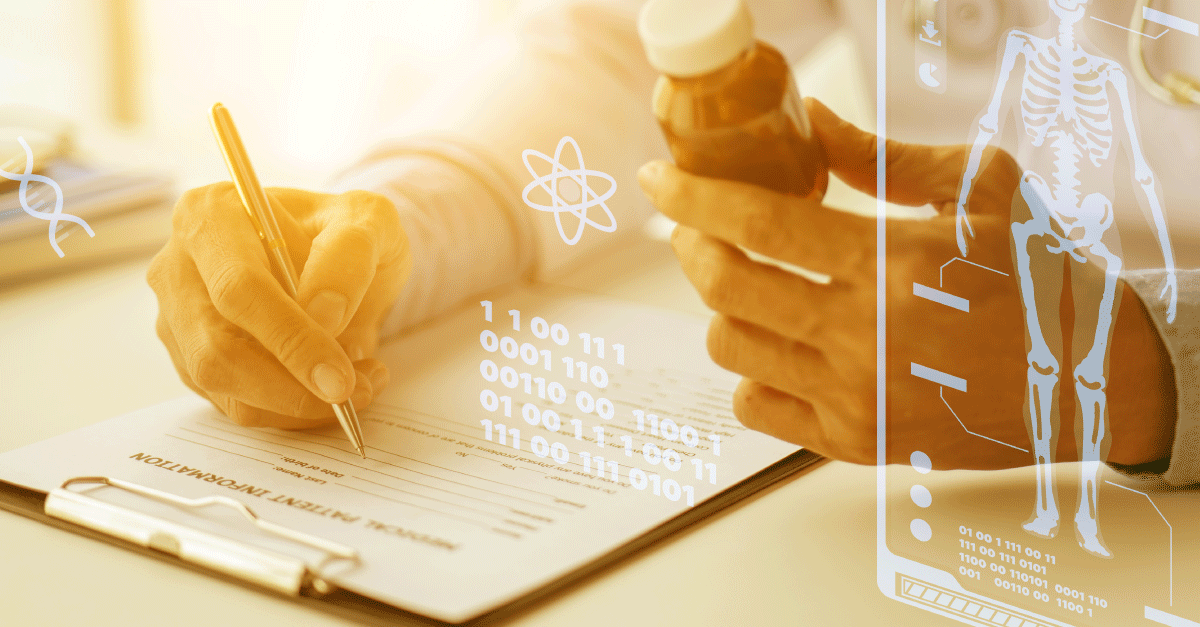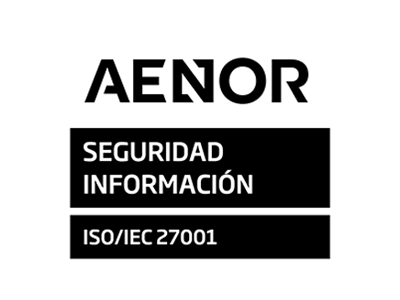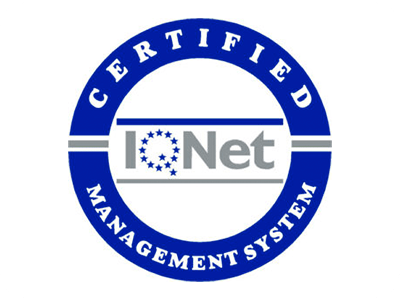Top 10 Benefits of AI in Pharmacovigilance
November 11th, 2022

The implementation of artificial intelligence across many industries has taken the world by storm. One of these key fields is pharmacovigilance. Pharmaceutical organizations are seeing the benefits of AI in pharmacovigilance to improve response time, the volume of work, decision-making, and ultimately future-proof patient safety.
When it comes to the drug safety world, there are many gray areas that pose potential risks to patient safety. For this reason, the spotlight on how artificial intelligence is changing the face of pharmacovigilance is growing. As artificial intelligence continues to become more accessible and cost-effective, the adoption rate across the Life Science and healthcare sectors is increasing rapidly.
AI has so much more to offer us in this field, both as a complement to humans and as a standalone solution for monitoring drug safety. From improving the reliability of clinical trials to identifying any risks for new drugs at an earlier stage, there’s no doubt that AI is streamlining the pharmacovigilance industry.
Let’s take a closer look at the 10 key benefits of AI in pharmacovigilance that you need to know about.
1. Better detection of adverse events
Humans can easily miss certain details in adverse events and clinical trials because of the large number of reports to review. By the time they get to those reports, the information may be too late to make a difference. But AI can find patterns in data and identify trends that are missed by human error. In turn, AI can improve the detection of drugs with a high risk of causing certain adverse events in a clinical trial, for example bleeding or liver toxicity. Taking proactive steps to prevent the occurrence of these adverse events can save many lives.
2. Improved data collection and analysis
As AI software can automatically scan medical records to identify possible adverse event reports and potential drug-related interactions between drugs or devices, to identify hidden patterns and trends, it also makes complex analysis easier. AI can create meaningful reports and graphs that explain trends in a way that humans can understand.
3. Enhanced reliability
When AI is used to improve the accuracy and quality of adverse event reporting by reducing human error in data entry and interpretation, this improves reliability and consistency. In turn, this helps teams to generate more data-focused business-decisions
4. Comprehensive overview
A key benefit of AI in pharmacovigilance is its ability to gain a broad understanding of all available data. This includes clinical trial data and adverse event reports, as well as other types of information that could be relevant to the safety and efficacy of a drug. This overview can help flag abnormal laboratory values or clinical findings that are indicative of a potential interaction or adverse event.
5. Rapid processes
A major benefit of AI is its ability to provide rapid, automated processing of large amounts of data. This can significantly reduce the time required to identify and respond to drug-drug interactions and adverse events.
6. Share information
Information can be shared with other organizations easily. AI can automatically pull relevant biosimilar data from the FDA’s Unified Access Database, which is significantly more straightforward than manually searching through paper records.
7. Reduction of workload for human reviewers
The number of adverse events reports grows every year. In 2021, more than 2.2 million reports were submitted to the FAERS (Deloitte). This means that reviewing these reports manually is an inefficient and time-consuming process. On the other hand, by using computer algorithms these reports can be processed efficiently and help save time. Therefore, reducing the workload and pressure on humans.
8. Increased volume
AI can crunch big numbers much faster than humans, so a team can analyze far more drug-related data in a shorter period. In addition, AI can also identify patterns in the vast amount of data that would otherwise be difficult to spot. This means that pharmacovigilance can take on more projects and get drugs to market faster.
9. Risk Management
AI can identify areas of high risk for counterfeit or unapproved medicine and take appropriate action to prevent it from entering the supply chain. It can also flag trends in adverse event rates that are out of the ordinary and therefore might be worth investigating further.
10. Automated identification of root causes
By using AI and machine learning algorithms, teams can identify the root cause more easily. This means that instead of just identifying the adverse event and listing out the contributing factors, AI can provide the reason why it happened. This could help regulatory authorities make better decisions when it comes to approving a new drug or deciding what actions to take after an adverse event report.
Bonus: Advancement in ML and AI research
A bonus benefit of using AI in pharmacovigilance is its importance in advancing research in machine learning and artificial. This is because AI researchers have to collect data, analyze it, and then use the results to improve their algorithms. In this way, they can test new ideas while also collecting valuable data. The data collected can then be used to improve algorithms, which is useful for regulatory authorities, pharmaceutical companies, and the AI industry in general.
Conclusion
There’s no doubt that AI is having an impressive effect on the pharmaceutical landscape. The exponential increase in AE reports and increased burden on the industry means that it’s crucial to address these issues. By making the most of these benefits, pharmacovigilance teams can work towards advancing the industry, significantly reducing the risk of launching unsafe drugs, and improving patient safety.
Ready to see what we can do for you?
In the right hands, artificial intelligence can take human performance to a hitherto unimaginable level. Are you ready for evolution?




